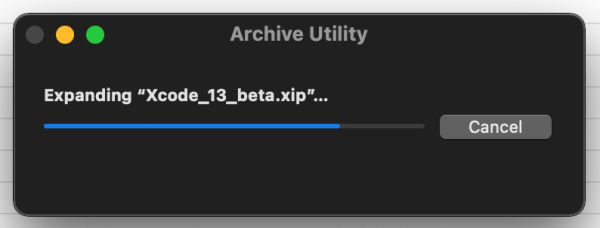
Photo by Amy Pezzicara for Tampa Bay Business Journal. Tap to view at full size.
While the U.S. technology landscape is by and large defined by young, straight white men, almost every Tampa Bay hub that supports technology startups is run by a woman:
- Lakshmi Shenoy, CEO of the startup accelerator and inclubator Embarc Collective, located near Tampa’s Channelside district.
- Linda Olson, founder and CEO of the startup accelerator and inclubator Tampa Bay Wave, located in downtown Tampa.
- Tonya Elmore, president and CEO of the startup accelerator and inclubator Tampa Bay Innovation Center, located in St. Petersburg.
- Jill St. Thomas, CEO of Tampa Bay Tech, one of the nation’s oldest and largest technology councils.
- Rachel Feinman, vice president of innovation at Tampa General Hospital and head of InnoVentures, Tampa General Hospital’s $15 million innovation-focused fund.
These women recently participated in a “virtual sit-down” interview panel with Tampa Bay Business Journal, and the result is their article, The Future is Female-Led.
As its tagline says, “Almost every major startup organization in the region is led by a woman. They’re setting a tone that will have a ripple effect across the entire tech ecosystem.”
If you’re wondering what the Tampa startup scene is like, you’ll definitely want to read this article.








